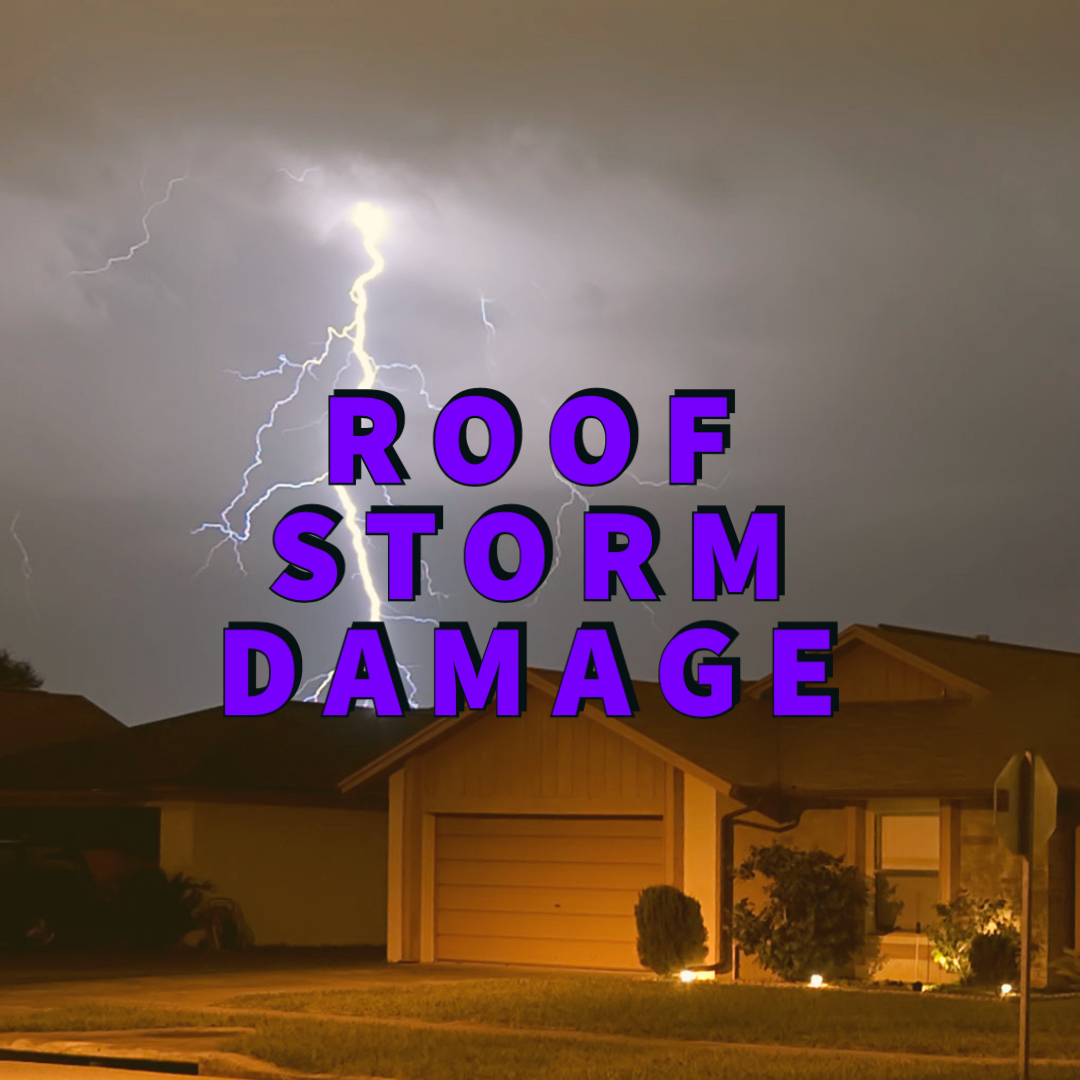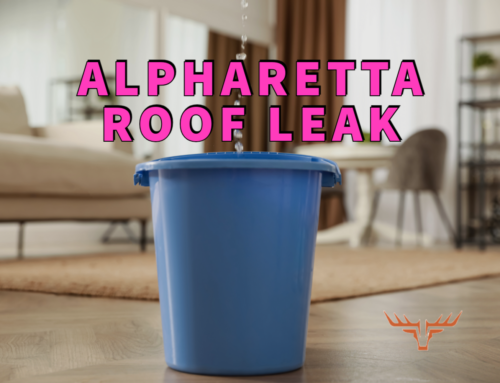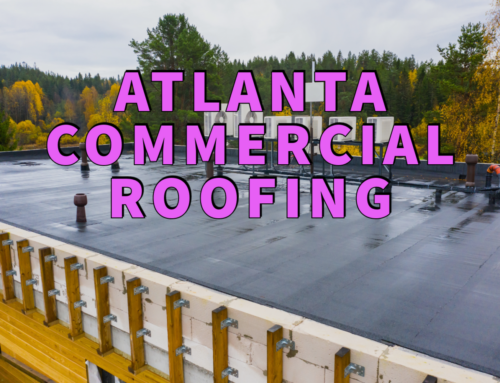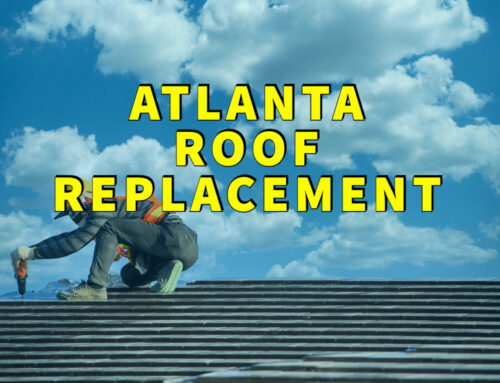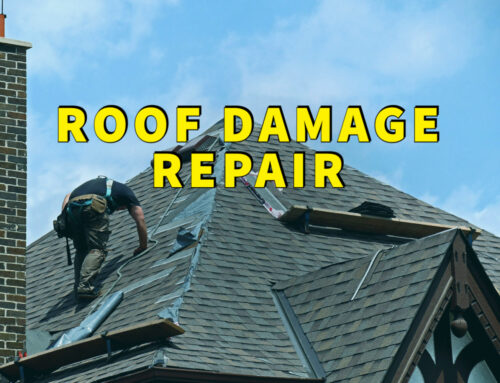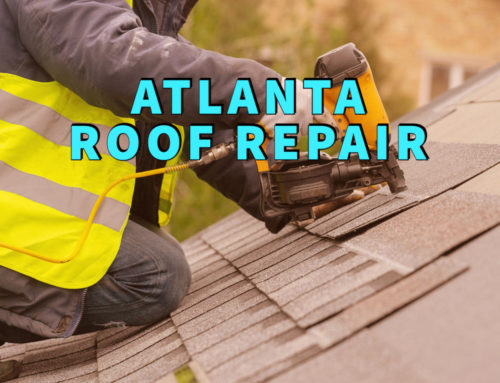Relying on outside help can help you recover from roof storm damage before problems intensify!
Roof storm damage can be devastating when it hits. The type of weather that causes roof storm damage is particularly intense, and discovering shingle damage or holes on your roof makes a hectic situation even more stressful.
In addition to roofs, siding and window damage also shows up whenever intense winds and rain appear around your home.
This blog post will discuss the four causes of roof storm damage and give you three practical steps for disaster recovery after roof storm damage strikes your home or business.
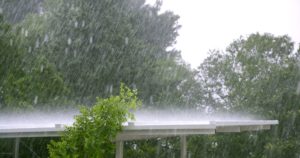
Roof storm damage causes
The most significant problem posed by roof storm damage is water entering your home. Not only can it appear on the ceilings of your property’s uppermost levels, but it can also generate moist conditions where mold growth occurs.
Whenever your gutters aren’t clear, excess water can accumulate and get into your attic beneath the shingles. Since it can appear as wet spots in the corners of your attic, checking the area just beneath your roof is essential.
Hail falls during particularly nasty storms. These ice chunks can crack asphalt shingles and give water an entry point into your home. In addition, small hailstones can create dents in the shingles where water pools and, over time, it has the chance to enter your home.
High winds can lift your shingles and tear them from your roof. Without a consistent layering of shingles, water can enter your home and drench your attic or ceiling below. Even if the shingles remain in place after the storm, any upward force can crack them, creating conditions for deteriorating shingles that are no longer waterproof.
The last way the weather causes roof storm damage is the debris kicked up during the event. Any sized tree branch can puncture your roof, creating a nightmare scenario where water can flow into your home unimpeded. In addition, smaller pieces of debris, acting similarly to hailstones, can crack or lift your shingles, breaking their waterproof seal.
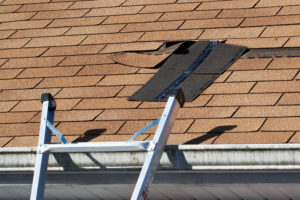
3 steps for roof storm damage recovery
Take these three steps after your property suffers from roof storm damage, and you’ll protect yourself from water getting into your home.
Even when your home’s upper levels aren’t showing signs of water damage, you can still have water seeping into your attic, creating the perfect conditions for mold growth.
Excess mold in your home because of roof storm damage can lead to respiratory issues for anyone who frequents the property. People with underlying respiratory problems are at an increased risk for adverse health outcomes.
Taking proactive actions helps keep your home secure and those who are inside safe.
Visual inspection
The first step is one you complete yourself: after a storm visits your property, look at your roof from both the inside and out.
From inside, look into the attic and make sure there aren’t any spots of water on your roof. Be thorough, checking the corners where the roof meets the gutters outside—this area has a high likelihood of letting water in after roof storm damage.
Outside, take a look at your roof from the ground. Look for anything that seems abnormal, particularly with the shingles; discoloration and bent shingles are common in roof storm damage cases. Make sure you visually inspect the gutters and the siding as well, since these are areas storm damage can also occur.
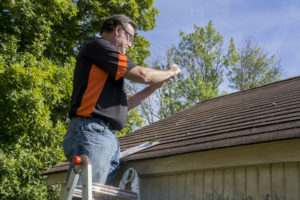
Contact a roofing contractor
If you find signs of roof storm damage or want further peace of mind after an intense storm, contact a roofing contractor and tell them you suspect roof storm damage on your property.
Your roofing contractor will find a time for a thorough roof inspection. During this inspection, they will look for areas where water could enter your home from above. If they find roof storm damage, they can then provide a quote to repair and restore your roof.
If you do not see any signs of roof storm damage or if the roofing contractor does not find any during their inspection, this means that it was likely just an intense rainstorm, and your roof will protect you during the next one.
Talk to your insurance agent
Most insurance plans provide assistance relief for roof storm damage. Getting the claims process started as soon as possible ensures you are in the best position possible for receiving your money in a timely fashion.
Finding a roofing contractor like the Revere Construction and Roofing (RCR) team, who knows about the insurance claims process, will help with documentation. Companies with this type of experience will take care of pictures, written estimates, and other types of evidence insurance agents need during claim processing.
If you take nothing else from this article, remember this: contact your insurance agent to start the claims process as soon as possible when you discover roof storm damage.
Roof storm damage in Atlanta, Georgia
The roof is the primary defense against potential water infiltration. When intense storms diminish the waterproofing qualities, mold growth or other structural problems that require significant repairs could soon follow.
Whenever you suspect your home suffers from roof storm damage:
- visually inspect inside and out
- contact a roofing professional
- Talk to your insurance agent
Those living in and around Atlanta can contact RCR for all of their roofing needs. If you think you have roof storm damage, give us a call or reach out using our contact form, and a member of our team will be in touch as soon as possible. Please don’t put it off and give more water the chance to enter your home!

